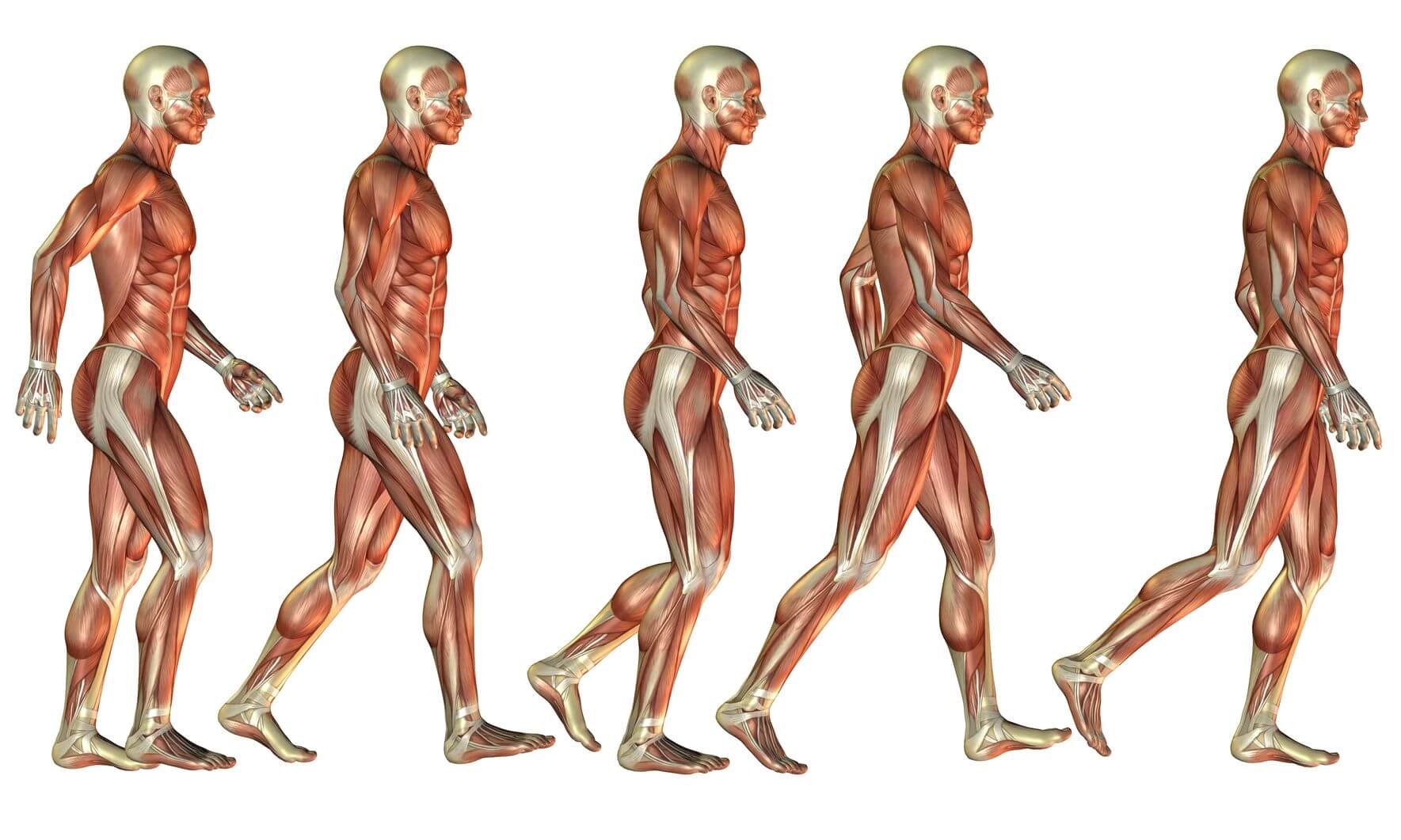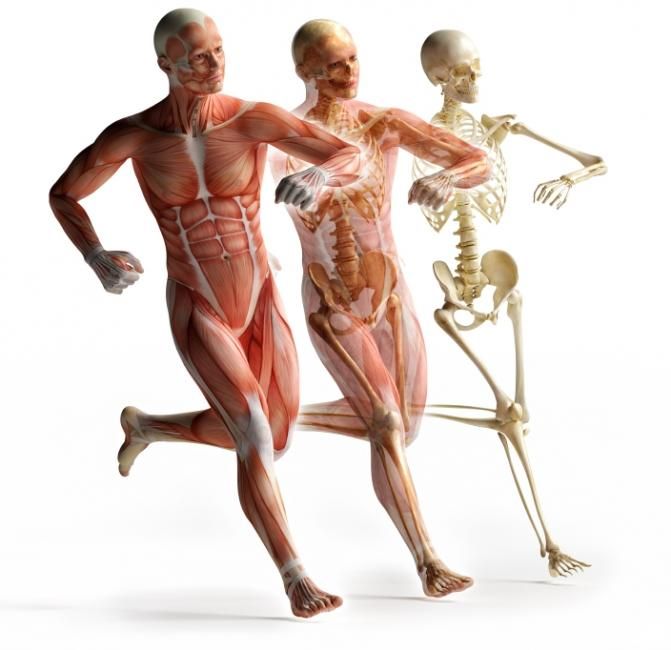RUNNING & GAIT ANALYSIS
Gait analysis is a useful assessment when patients or clients are experiencing pain or discomfort while walking, running or even when performing other functional tasks. Some of the common running injuries include medial tibial stress syndrome (shin splints), plantar fasciitis, iliotibial band syndrome (runner’s knee), patellar tendonitis (jumper’s knee), patellofemoral knee pain, Achilles tendonitis and lower back pain. Gait is our global functional movement and the way in which we move our whole body from one point to another. Most often, this is done by walking, although we may also run, skip, jump or hop.
3D - MOVEMENT IN ALL THREE PLANES OF MOTION
In gait and other functional movements such as reaching, lifting, pushing, pulling, lunging, squatting and even jumping, all the joints in our bodies move in all three planes of motion: this is how the body moves.

These three planes of motion include the sagittal plane, frontal plane and transverse plane, also known as the power plane in running. To have an efficient gait cycle all joints and joint complexes throughout the body should be capable of producing and controlling sufficient load to explode movements.
SIMPLIFYING THE COMPLEXITY OF MOVEMENT TRANSFORMATIONAL
Understanding the specific vital transformational zone and biomechanical reactions at all joints throughout the body during all functional activities is essential to a successful gait assessment. Being able to move efficiently and effectively in all three planes of motion, as the body was designed to do, is important in avoiding injuries and improving performance. This allows our bodies to function normally and without stress. If pain or discomfort are present without structural issues, this can often be considered a disruption in our normal biomechanical chain reactions.
MOBILITY AND STABILITY COMBINED
When joints or joint complexes throughout the gait cycle don’t articulate correctly in all three planes of motion, then this could disrupt the natural sequential firing patterns within our biomechanics.

We often find that limitation in any one or more planes of motion at a joint can have a negative impact on the rest of the kinematic chain during functional activities. A mobility focus in rehabilitation or performance training programmes can help to addresses this. If muscles are unable to control the relative joint motions during gait or functional activities, a stability focus is usually required.
IMPROVING PERFORMANCE AND EFFICIENCY
For our bodies to be successful in all functional activities, moving efficiently and effectively, we need a harmonious blend of mobility and stability throughout all joint complexes. If our joints articulate (function) in optimal three-dimensional motion, then this allows the muscles to lengthen and proprioceptors to be facilitated for the optimal function to occur within the system. .
What our patients are saying...
-
Physiotherapy services are very good. All the physiotherapists I have had have been very knowledgeable and nice to work with. They have been helpful at a tough time.
- 1
- 2
- 3
- 4
- 5
- 6
- 7
- 8
